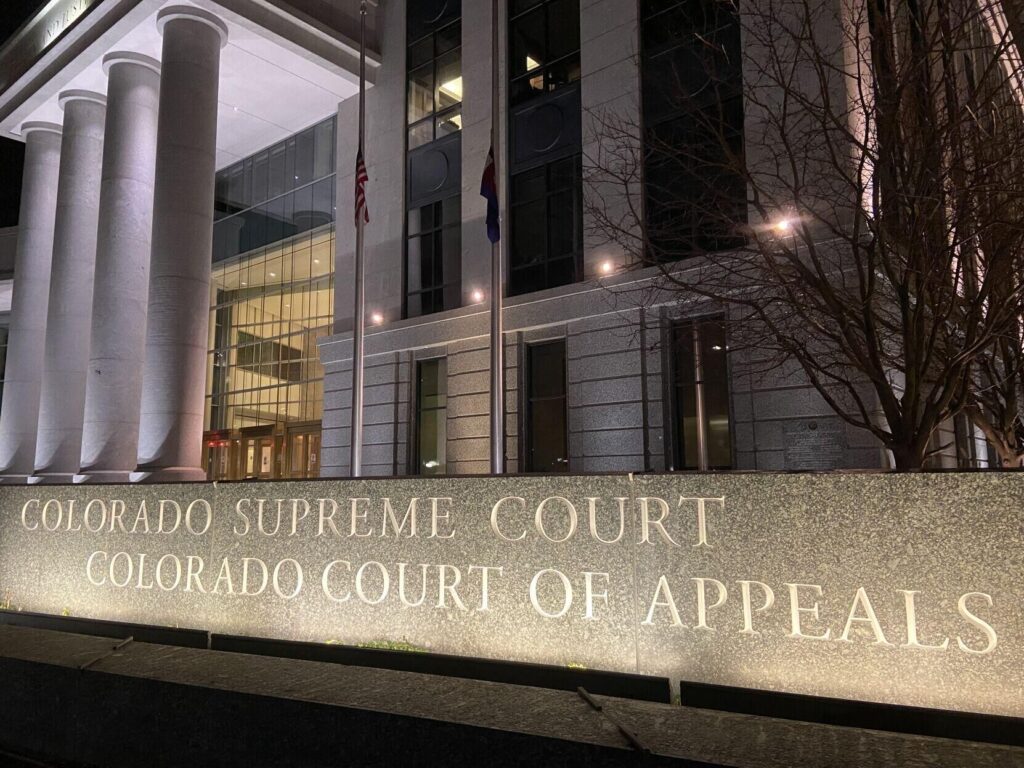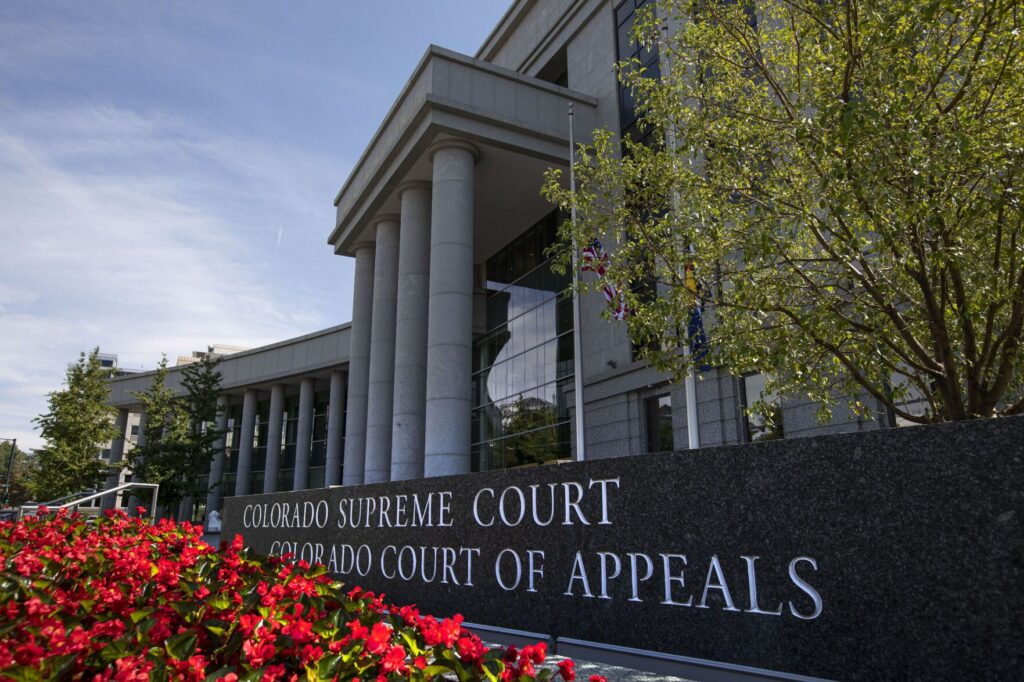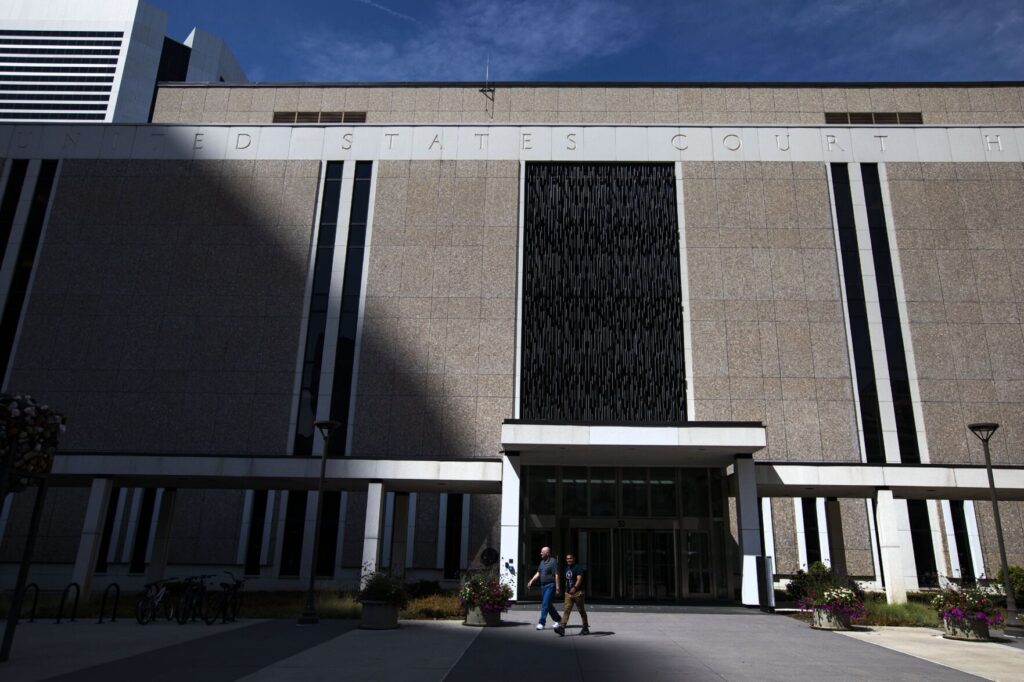‘Common sense’: 10th Circuit rules Loveland officer will face civil trial for shooting puppy in head
The Denver-based federal appeals court ruled on Tuesday that a jury will decide whether a Loveland police officer violated a couple’s constitutional rights by shooting their puppy in the head and torso.
The U.S. Court of Appeals for the 10th Circuit had never decided the specific question of whether the Fourth Amendment, which prohibits unreasonable seizures, makes it unconstitutional for police to shoot a dog that does not pose an imminent threat. But in the April 22 opinion, Judge Robert E. Bacharach invoked the notion of “common sense” more than half a dozen times in explaining the constitutional violation would be “obvious.”
“In our view, common sense should have alerted police officers that they couldn’t shoot a pet dog in the absence of an immediate danger,” Bacharach wrote for the three-judge panel.
Officer Mathew Grashorn had argued on appeal that he acted reasonably in shooting Herkimer, a 14-month-old puppy. But the panel noted it had to accept the trial judge’s version of the facts for purposes of the interlocutory, or mid-case, appeal. In Grashorn’s case, the trial judge found a jury could review the facts and determine his conduct was unreasonable.
The sequence of events, as captured on Grashorn’s body-worn camera, was undisputed. Wendy Love and Jay Hamm were delivering firewood for their business on the evening of June 29, 2019, when they stopped in the parking lot of a commercial building. It was a Saturday and there were no other people in the vicinity, so Love and Hamm let their dogs out of their truck to stretch while Hamm made repairs to some equipment.
The owner of the building at 995 N. Wilson Ave. saw the couple on his surveillance feed and called Loveland police to investigate. After Grashorn parked several yards away from Love and Hamm, the footage showed Bubba, a 16-year-old dog, get up from the pavement and begin running toward Grashorn. The officer immediately pointed his gun at Bubba, and Love and Hamm called for Bubba to return.
Although Bubba turned around before reaching Grashorn, Herkimer, who had been resting in the couple’s truck, came outside at the commotion. Herkimer also ran toward Grashorn, and the officer shot him in the head and in the torso.
“Get back to the truck,” Grashorn screamed at Love when she tearfully approached her wounded puppy.
“Please let me see him,” Love wailed, and Grashorn again ordered her back to the truck. Love nonetheless cradled Herkimer, while Grashorn warned Love, “He will bite you, he’s hurt.” The video did not depict Herkimer biting anyone.
“You’re not gonna be able to help him,” Grashorn continued to yell at the couple.
Although Herkimer survived the shooting, his owners euthanized him afterward.
Love and Hamm sued Grashorn, alleging an unlawful seizure under the Fourth Amendment. In turn, Grashorn asserted qualified immunity, a judicial doctrine shielding government employees from civil lawsuits unless they violate a person’s clearly established legal rights. He asked U.S. District Court Senior Judge Raymond P. Moore to resolve the case in his favor without a trial.
Moore determined a jury could reach different conclusions about the reasonableness of Grashorn’s conduct and he declined to end the case outright.
“Although a reasonable jury could decide that Herkimer posed a danger to Defendant,” he wrote, “it could also decide that he did not pose an immediate danger.”
Grashorn appealed to the 10th Circuit, arguing Moore’s analysis was legally faulty. Grashorn’s lawyer shifted blame for the shooting onto the plaintiffs and wrote 14 times that Grashorn had only three seconds to react to Herkimer.
“We agree this is a tragic incident. He regrets his actions,” said lawyer Jonathan Eddy during oral arguments. “But at the same time, you have to put the officer’s safety in the moment against the plaintiffs’ somewhat-compromised property interest in their dog because they were, in fact, trespassing.”
Judge Scott M. Matheson Jr. wondered whether the panel could even review Moore’s conclusion that a jury should decide the danger Herkimer posed to Grashorn, given the appeals court’s obligation to address legal issues.
“That doesn’t strike me as a pure legal issue,” said Matheson. “‘Is there danger or is there not danger’?’
The panel ultimately adopted that conclusion.
“The existence of an immediate danger is an issue of fact, not law,” wrote Bacharach. Grashorn’s arguments that he acted reasonably required the court to reject Moore’s “universe of facts,” in which he found jurors could determine the shooting amounted to a constitutional violation.
“So our question is simply whether police officers could reasonably believe that the Fourth Amendment allows them to shoot a dog (without considering non-lethal options) when there’s no immediate danger,” wrote Bacharach. “The constitutional violation is just as obvious when the shooting involves a dog rather than a person.”
He added that the 10th Circuit would leave it up to individual trial judges how to decide whether a dog might pose a danger.
The case is Love et al. v. Grashorn.













